A Grecian dilemma – International or Indigenous. Part II
First of all, what the heck is an international grape? Most wines we talk of as being “international” originated in France/Spain/Italy. Before that they were in some clonal form in Greece. And before that, in Armenia. So, referring to a grape as international sounds absurd in the year of our Lord 2018! I don’t think of Cabernet Sauvignon in Napa, as an international grape. It is a Californian now! So is a Shiraz in Australia. So, let us dispense with calling these wines international. Everything from where I stand, is international!
But for the sake of making discourse easier, we are talking about wines such as Cabernet Sauvignon, Chardonnay, Sauvignon Blanc etc which are associated more with France and California, than say Greece. We are talking about the dilemma whether Greece should embrace it’s native roots or look elsewhere for inspiration. So, this is the “elsewhere” part where the non-natives make their case.
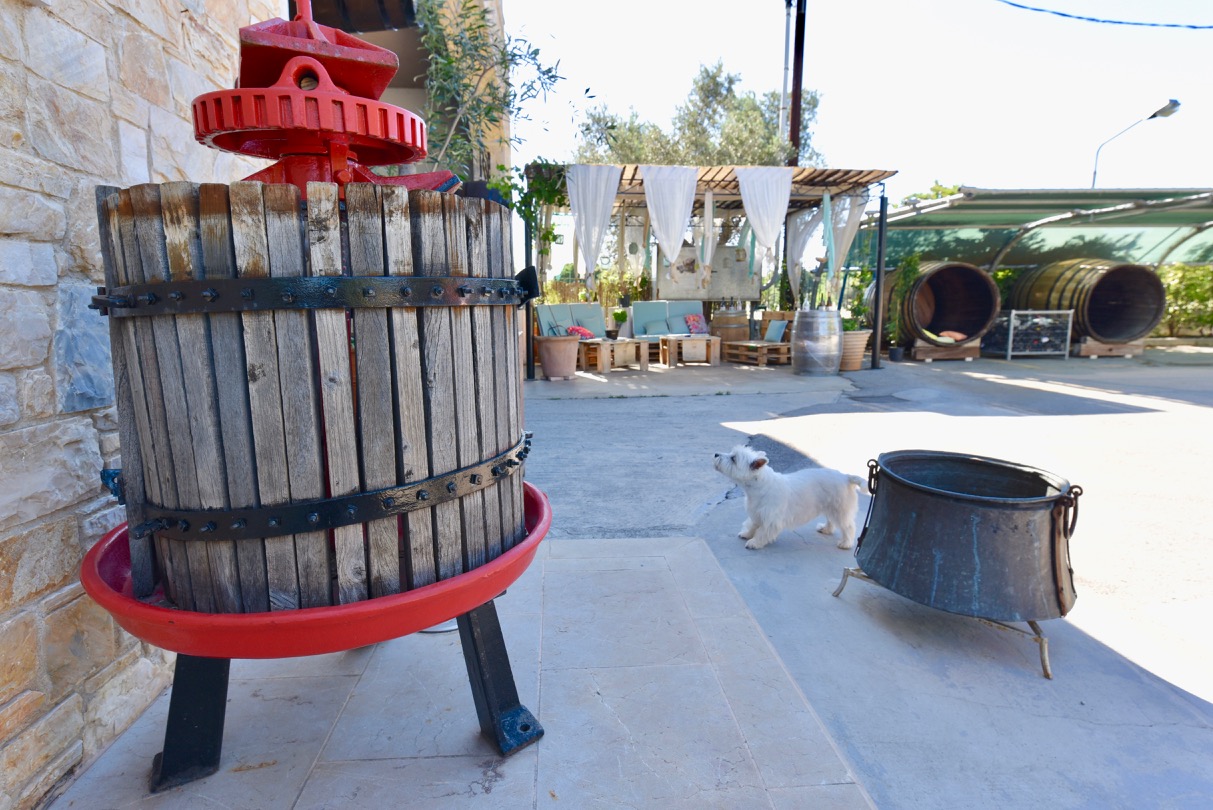
If Assyrtiko has assumed the mantle of Greek’s white wine, then the red wine that is racing to the finish is Syrah. And you can find versions of Syrah everywhere in Greece. The full-throttle-in-your-face kind, the southern French style from Crete, the cross between Old World-New World in the north, and more that I probably haven’t even tried yet. Everybody and their uncle in Greece is making Syrah these days. And it is delicious. I would not be surprised if the Greek version of Syrah takes on a life of it’s own like the Aussie Shiraz. Tread cautiously though.
Syrah is not the only Rhone in Greece. Viognier has been made by Gerovassiliou long enough to cease to be a novelty. Even in Evia, an interesting version of Viognier is being produced.
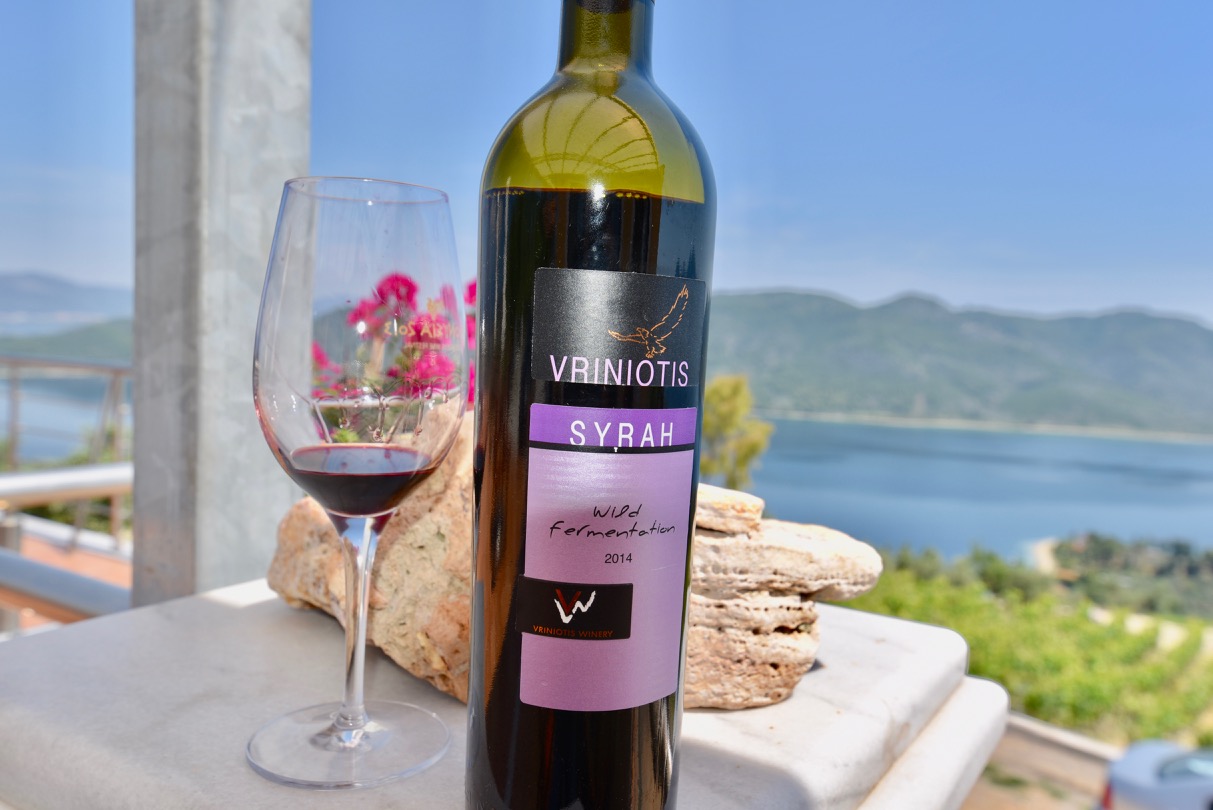
While Syrah may be everyone’s new love in Greece itself, the real surprise I found was actually Cabernet Sauvignon, Cabernet Franc, Merlot and Petit Verdot -the Bordeaux varietals. Really!! Some of the Cabernets I tried in the Peloponnese reminded me uncannily of wines from the Santa Cruz Mountains. The Cabernet Francs from a winery in Achinos can swing either to the Right Bank or to Rutherford.
But I don’t think most Greek winemakers are trying to make Bordeaux blends. They are making California blends and man they are getting it right. Again, no shy wines here. The emphasis is on power. But, in the right hands, there is balance and tremendous flavor. These are Bordeaux blends or Meritage as we call them in Napa these days, that I will happily drink any day.
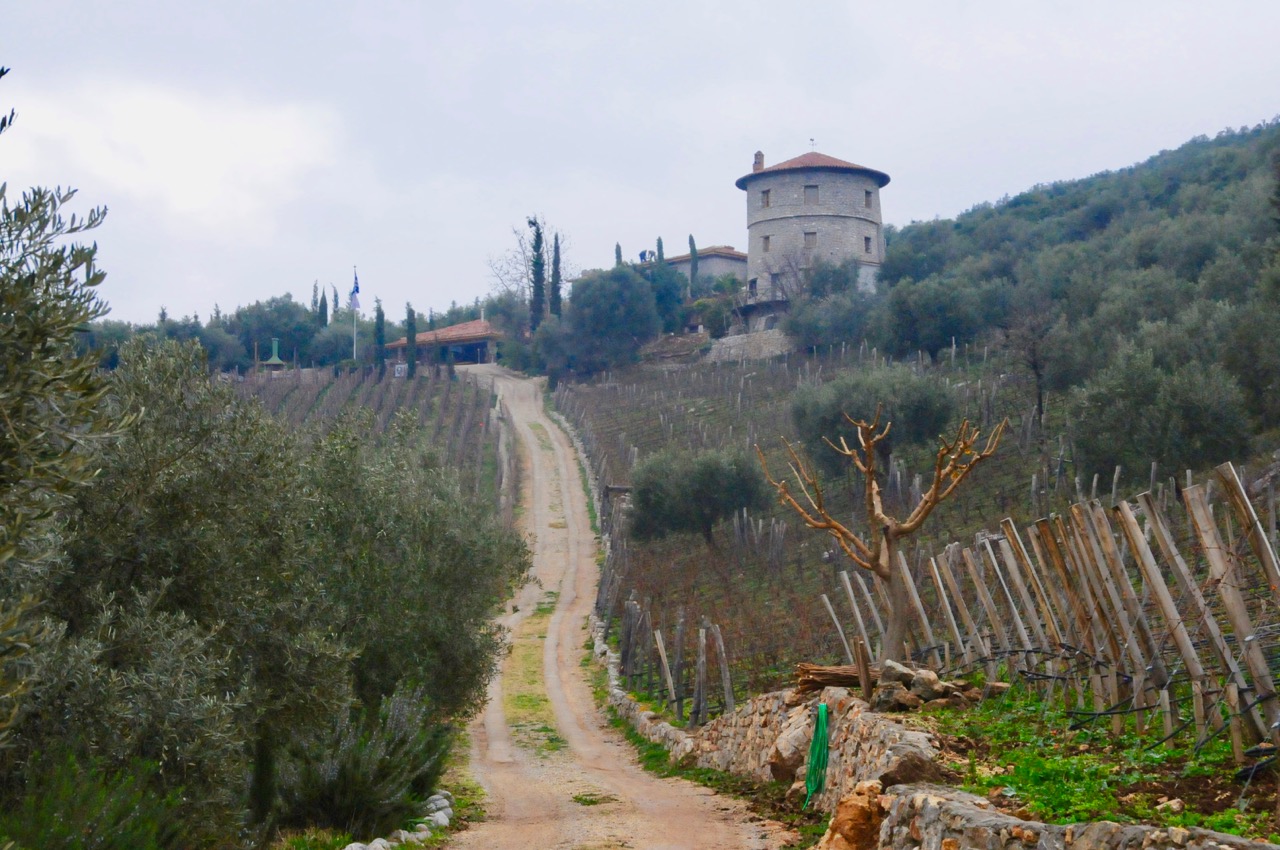
Chardonnay has quietly found itself a home in Greece. Most of it is in the Peloponnese. Some are making it in the Chablis style, but a particular one from the Asprokambos is a dead ringer for Carneros. I think more winemakers in the Peloponnese should play with Chardonnay. There is a potential to surprise people.
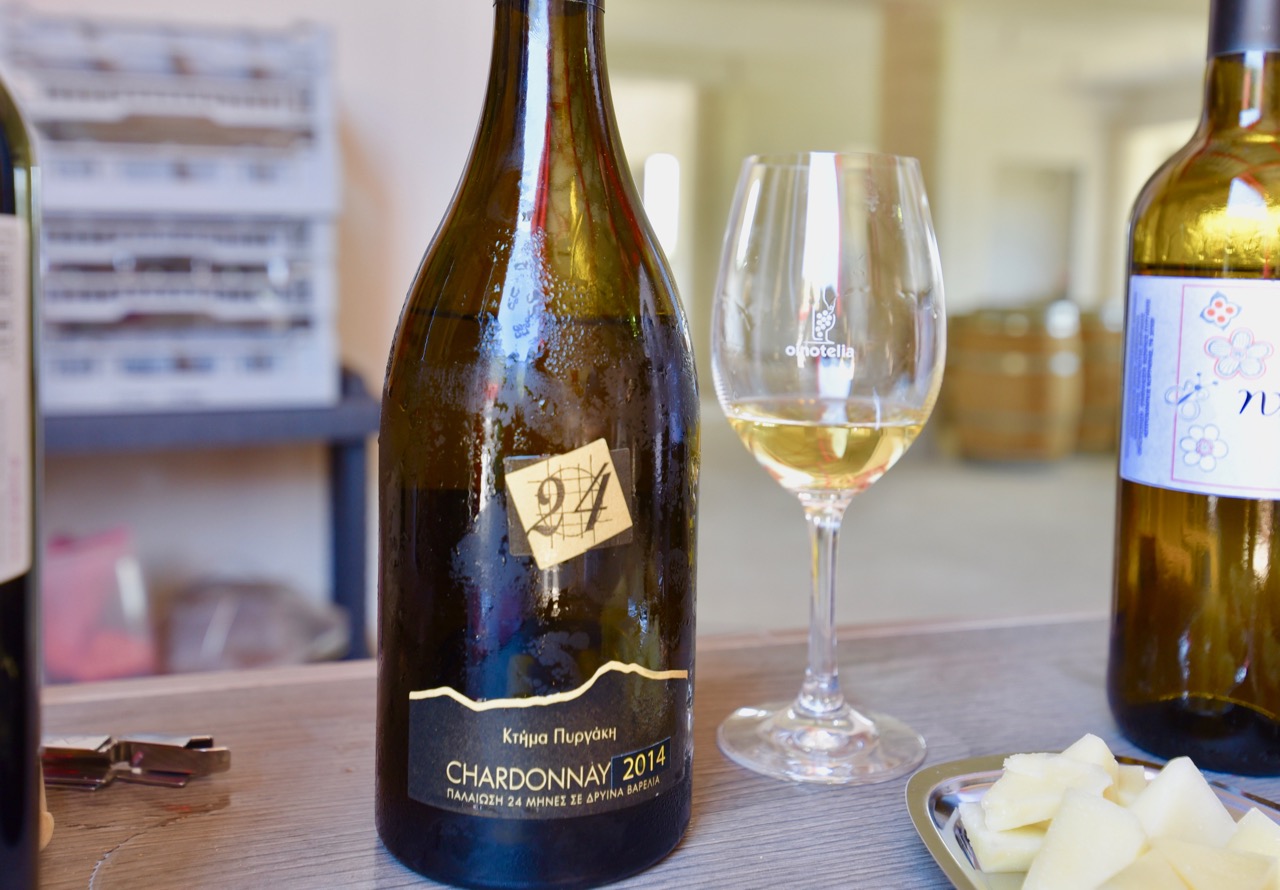
Italian varieties have been showing up in places too. Not Sangiovese which I have yet to find in Greece, but Refosco and Aglianico. One Refosco from the town of Adam is sheer dynamite. This one has to be drunk to be believed. Then in Pieria, a young winemaker is making a focused Aglianico. although it is a grey area whether Aglianico is Italian or Greek. They are also experimenting with Verdicchio.
It might be too early to draw parallels between Italy and Greece, but there are pockets of Italian wines thriving in Greece. Maybe the grapes of Magna Grecia are coming home to roost.
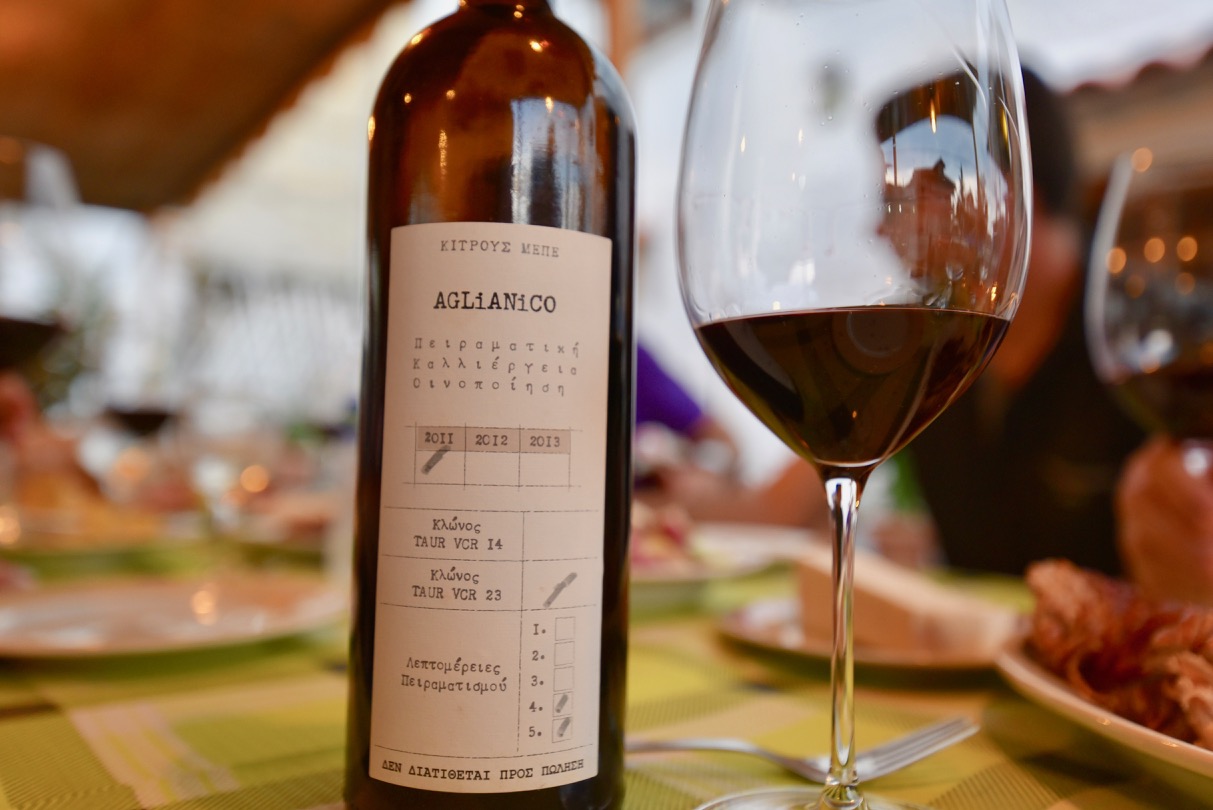
Drama in the Northeast for some reason shows little indigenous dominance. Here Cabernet, Merlot, Sauvignon Blanc, Semillon and Chardonnay thrive. Indigenous varieties seem to make an obligatory presence (except Malagouzia, which probably belong here). The scenery is dominated by the Lazaridi brothers, but I suspect there are others in the field. Quality, from what I gathered from the wines that came my way has been all over the place, and variability of styles doesn’t establish a firm identity of terroir.
That having said, I have had some stunning bottlings from this region. Drama, I suspect will hit it’s stride once they figure out a unifying theme of style. They should keep doing what they are doing but narrow and sharpen their focus. Just my opinion.
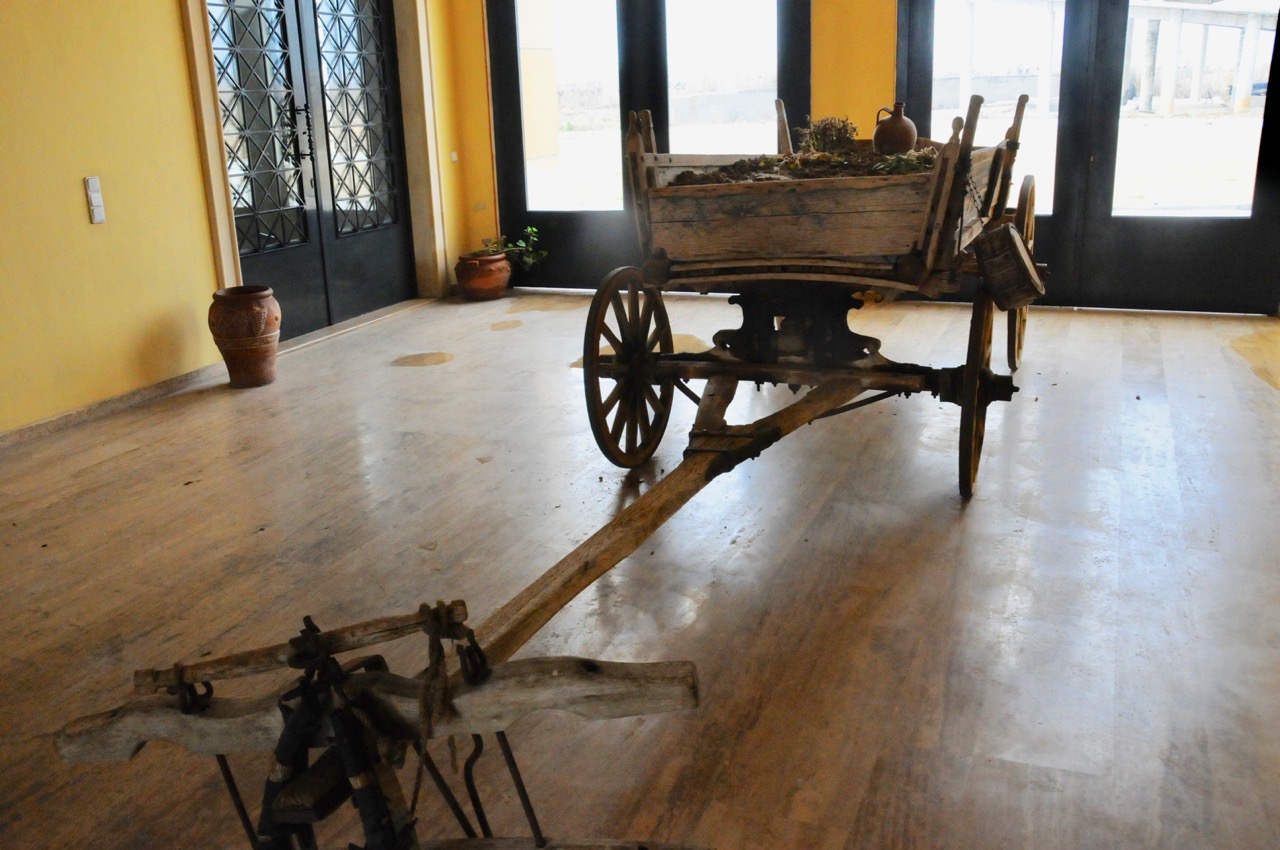
In Sotirios, a winemaker has been growing Malbecs, Mencia, Tempranillo and others with such Greek flair that it is impossible to ignore. If others follow suite, the neighborhood of Larissa may see more winemakers experimenting with different non-native varieties. This is not a bad thing at all.
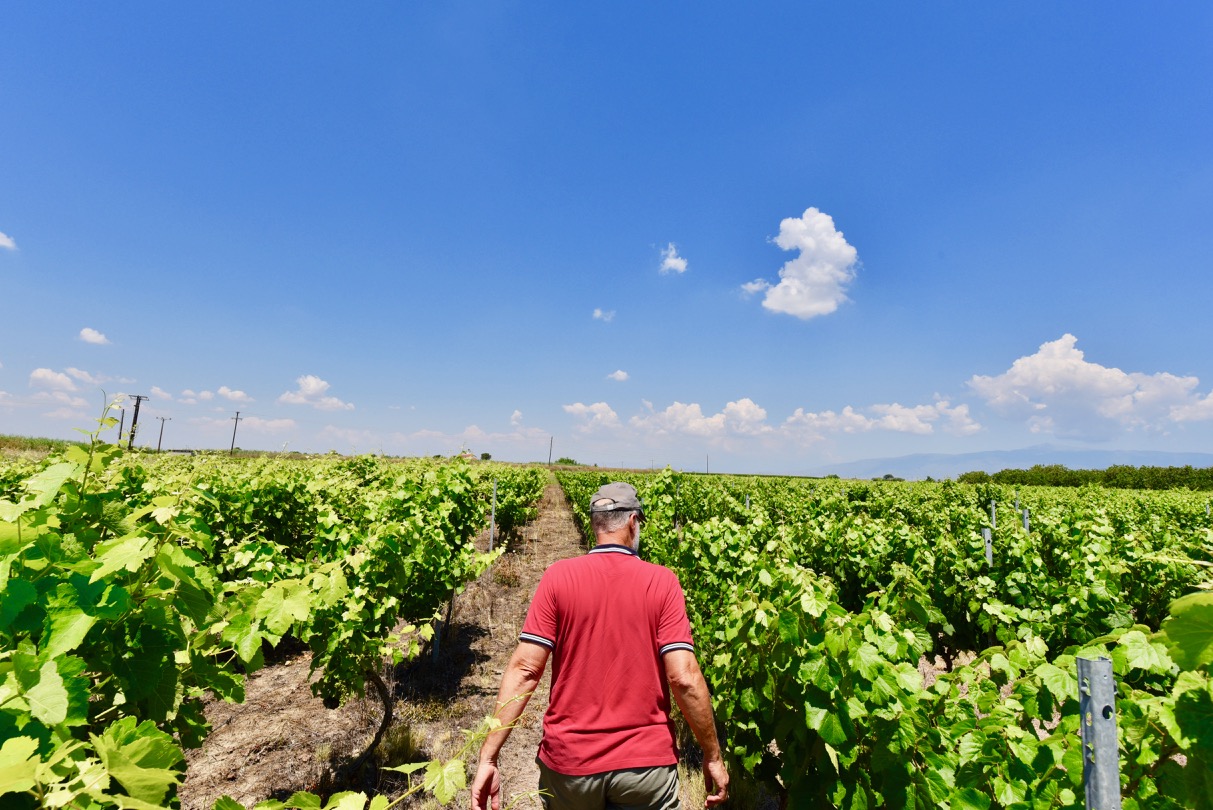
Then there is the marriage of the old and the new. Here, in the right hands on the right property, we find winemakers getting very experimental and with much success. It’s like a personal ad. Cabernet Sauvignon looking for love with Mavrodafne. Lonely Mandilaria seeking a Syrah. There is an Sauvignon Blanc for every Assyrtiko.
This is one place where I think Greece should seek to solve it’s dilemma of indigenous versus international because no one else can do it. Also, many of these blends belong together in remarkable and surprising ways.
As an importer, I will admit that it is not the easiest gig to show a Cabernet from Greece, especially on the west coast of the USA where Napa is a short drive by car. But, education can overcome prejudice, and quality can win palates.
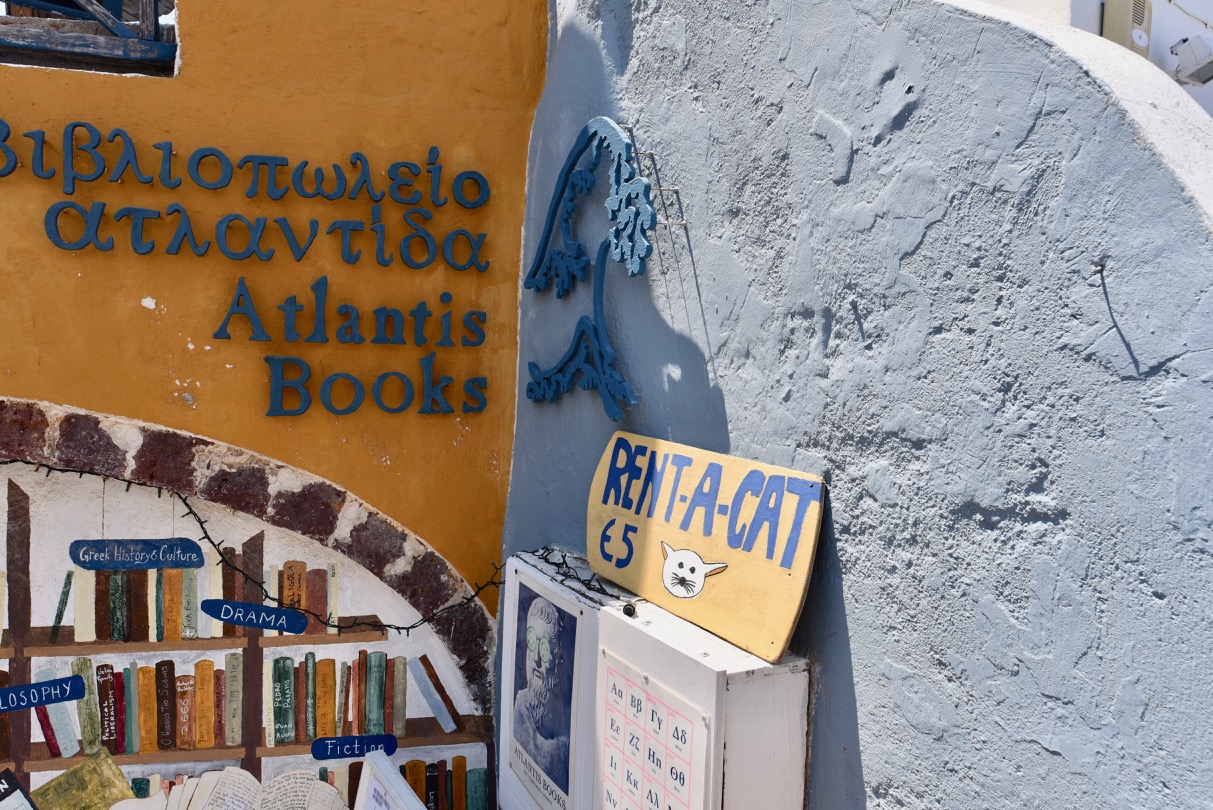
So, where does this bring us?
- Greece does well with indigenous grapes in the right places. So, keep doing that. No point in fixing what ain’t broken.
- Newcomers like Cabernet and Chardonnay have shown to be excellent in the right vineyards and with the right winemakers. So, keep doing that as well. Be the proof that it can be done. Don’t be so encumbered by history, that it muffles the future. Cabernet is not native to Italy either, but it is thriving in Bolgheri. Greece may discover it’s Sassicaia one day.
- Blend both. This is where I get excited a lot because it is unique and allows a degree of anarchy that it might push towards something more. We all need something more.
- Greece is still finding it’s feet in many ways. Take away the barriers that stands in it’s way. For example Free Mavrodaphne –my shout out to change labeling laws to allow innovation. The government should see profit in assisting their farmers/winemakers than crush their ability to innovate. Allow free enterprise. There are places in Greece that remind me of Napa in it’s early days. A progressive bureaucracy (maybe an oxymoron) may see this potential and foster it.
- And maybe..stop calling them “International”. Just call a spade a spade and call a Cabernet and Cabernet. Calling a Grenache in Crete “international”, sounds almost like an apology and ignoring the sheer Mediterraneaness (that should be a word) of the island. If you still find it uncomfortable to embrace this, maybe call them “non-native”, although the jury maybe out on that too.
A few wines from the portfolio of Sierra Nevada Imports that uses non-native grapes or blends with the latter (with the exception of the wine from Nico Lazaridi that is not imported by SNI) There are many other winemakers who are pushing the envelope here and we would love to hear any input about them and their stories. Write to us – [email protected]


Facebook Comments